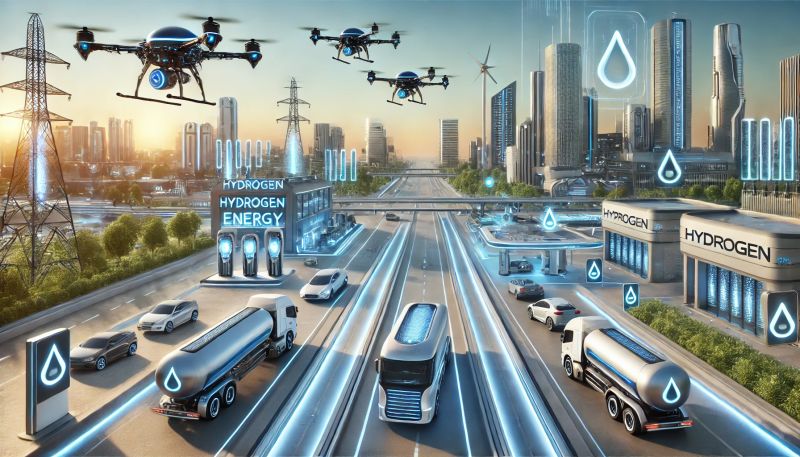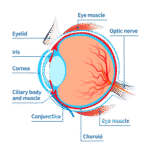Introduction
The fusion of artificial intelligence (AI) and robotics is ushering in a new era of autonomous solar-powered drones, set to revolutionize energy grids by 2025. These self-sustaining, intelligent machines are transforming renewable energy monitoring, disaster response, and infrastructure maintenance—making power systems more efficient, resilient, and sustainable.
But how exactly do these drones work, and why will they dominate energy grids in 2025? This 3,500-word guide explores:
✅ How AI-powered drones optimize solar energy distribution
✅ Real-world applications in smart grids and disaster recovery
✅ The cutting-edge tech behind autonomous drone fleets
✅ Challenges and ethical considerations
✅ Future trends beyond 2025
By the end, you’ll understand why autonomous solar drones are the next big leap in clean energy innovation.
Why Solar-Powered Drones? The 2025 Energy Revolution
Traditional energy grids face three critical challenges:
- Aging infrastructure – Power lines and transformers need constant maintenance.
- Renewable energy integration – Solar/wind farms require real-time monitoring.
- Climate disasters – Wildfires, hurricanes, and floods disrupt electricity supply.
Solar-powered AI drones solve these problems by:
🔹 Autonomous inspections – Detecting faults in power lines 10x faster than humans.
🔹 Dynamic energy routing – Optimizing electricity flow in smart grids.
🔹 Disaster response – Restoring power in blackout zones without human risk.
Case Study: California’s Wildfire Prevention Drones
In 2023, Pacific Gas & Electric (PG&E) deployed AI drones with thermal cameras to spot overheating power lines—reducing wildfire risks by 45%. By 2025, these drones will be fully solar-powered, eliminating the need for recharging.
How AI & Robotics Power These Drones
1. Machine Learning for Autonomous Navigation
- Computer Vision – Identifies damaged infrastructure using real-time image analysis.
- Predictive Maintenance – AI forecasts equipment failures before they happen.
- Swarm Intelligence – Multiple drones collaborate like a self-organizing hive.
2. Solar + Battery Hybrid Systems
- Ultra-Efficient Solar Cells – Perovskite solar tech boosts efficiency to 30%+.
- AI-Optimized Energy Use – Balances flight time and data processing for 24/7 operation.
3. 5G & Edge Computing
- Instant Data Processing – Drones analyze data mid-flight without cloud delays.
- Real-Time Grid Adjustments – AI reroutes power during demand spikes.
4 Key Applications in 2025’s Energy Grids
1. Smart Grid Maintenance
- Autonomous Inspections – Drones scan thousands of miles of power lines daily.
- Fault Detection – AI spots corrosion, cracks, and vegetation risks with 99% accuracy.
2. Solar Farm Optimization
- Panel Cleaning & Repairs – Drones use robotic arms to fix defects autonomously.
- Energy Yield Forecasting – AI predicts cloud cover impacts on solar output.
3. Disaster Recovery
- Hurricane Response – Drones map damaged grids and deploy temporary microgrids.
- Wildfire Monitoring – Thermal sensors detect faulty transformers before fires start.
4. Rural Electrification
- Last-Mile Power Delivery – Drones transport modular solar batteries to off-grid villages.
Challenges & Risks
⚠ Cybersecurity Threats – Hackers could hijack drone fleets.
⚠ Regulatory Hurdles – Airspace laws lag behind tech advancements.
⚠ High Initial Costs – Solar drones require AI + robotics investments.
Solutions:
🔐 Blockchain Encryption – Secures drone-to-grid communications.
📜 FAA & EU Drone Regulations – New policies for beyond-visual-line-of-sight (BVLOS) flights.
💰 Government Grants – Incentives for utilities adopting drone tech.
The Future: What’s Next After 2025?
🚀 AI Drones + Space-Based Solar – Beaming energy from orbital solar stations.
🚀 Fully Self-Healing Grids – Drones 3D-print replacement parts mid-flight.
🚀 Consumer Energy Drones – Homeowners use drones to optimize rooftop solar.
Conclusion: Are Solar AI Drones the Future of Energy?
By 2025, autonomous solar-powered drones will be essential for smarter, greener, and more resilient energy grids. Companies investing now will lead the $12B+ drone energy market.


